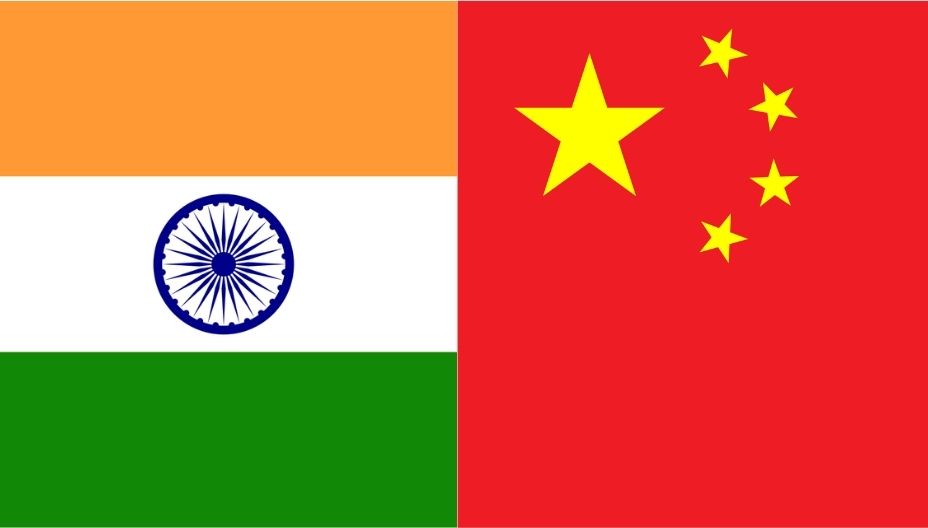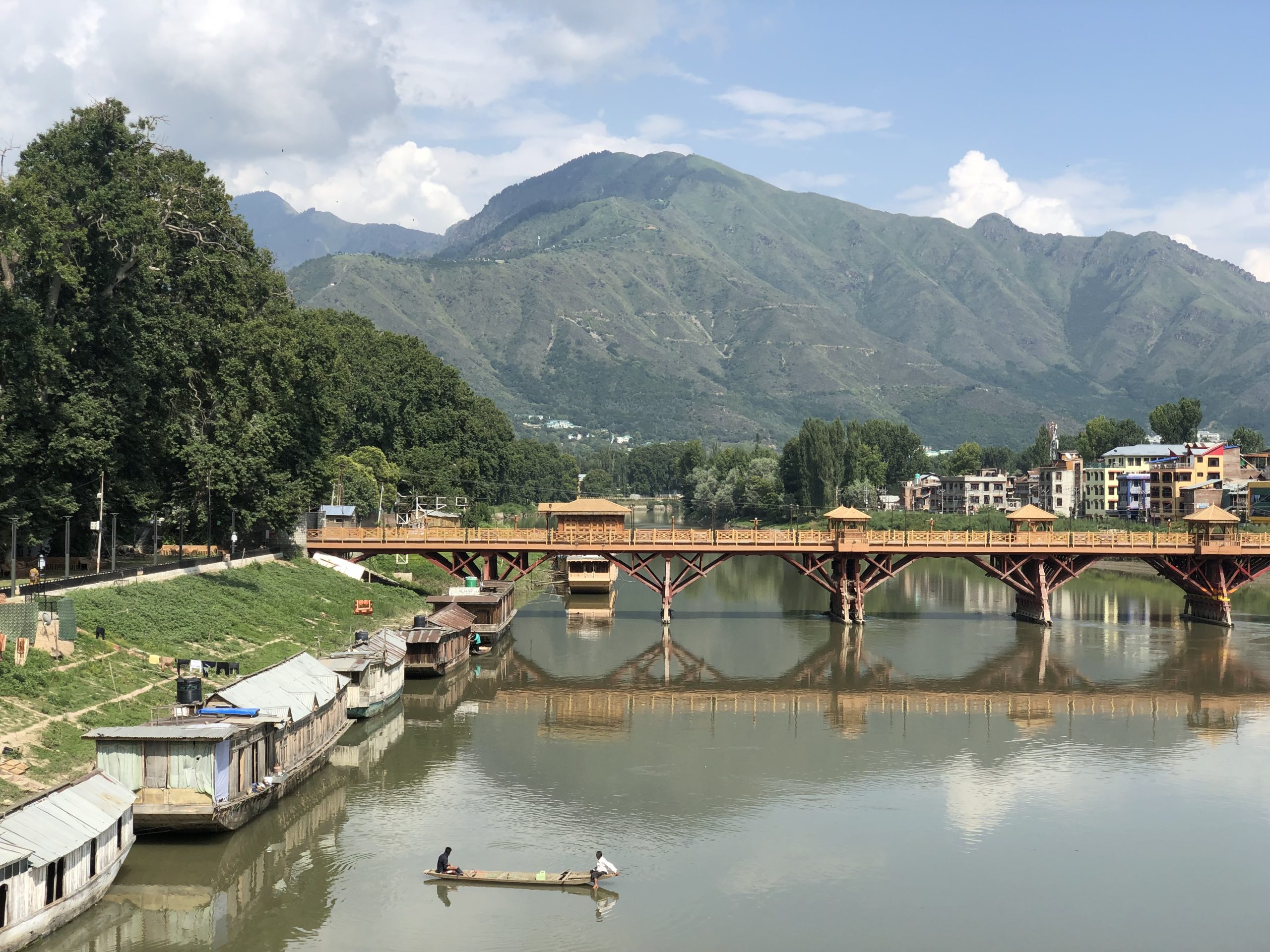


Recent reports about China’s military and other personnel scouring through Pakistan occupied Kashmir areas for information on terrain and military deployments and their meetings with “former” terrorists suggest that Beijing is moving away from its previous perceived covert reticence to active participation in the region. This has also raised the spectre of a two-front war under nuclear threshold given the continuing stalemate in the Aksai Chin-Ladakh areas between India and China.
China had clearly changed its stance of the 1950s that the division of India into two parts is “artificial” to the 1960s calling for “self-determination” of Kashmiris to the 1980s status quo and “respect to the Line of Control” between India and Pakistan. All this happened even as it laid claim to Kashmir territory in Aksai Chin as well as in Shimshal, Aghil, Raskam and Sakshgam which it took away from the warring states of India and Pakistan.
China even went against its own provision of March 2, 1963 border treaty with Pakistan that the “ownership of Kashmir” is yet to be determined and that the arrangements with Pakistan is only “temporary”. Today, it is in permanent occupation of nearly 50,000 sq.km of Kashmir territory through which it not only constructed a highway but began positioning troops.
ALSO READ: Govt. Must Reach Out Across Kashmir’s Silence
Since the 2000s, China began cultivating the separatist Hurriyet leaders and investing in the construction of hydroelectricity projects in PoK and Northern Areas. China began issuing “stapled visas” to Kashmir residents. Thousands of Han construction workers were sent to these regions, with some sacrificed as cannon fodder for the terrorists in Pakistan. A number of protests by locals were also reported against the Chinese encroachment in PoK region.
Recently, as the China-Pakistan Economic Corridor construction began in 2014, such dual-use projects have picked up pace, bringing the communist party-state apparatus into the region. They gradually began inducting over 30,000 “security guards” to protect their interests in the region for also border domination efforts.
China upped the ante in 2019 against India by calling the formation of Ladakh Union Territory not only “illegal” but laying claim and occupying hundreds of square kilometers of land previously considered as “disputed” by both.
This revision in China’s position was synchronised at the United Nations Security Council where it brazenly began interfering in Kashmir issue thrice on August 16 and December 19 of 2019 and on January 16 of last year, in vain. As other permanent members evinced no interest for such discussions and saw through the perfidious nature, China felt isolated in this forum.
However, China is likely to raise Kashmir issue again to settle score with New Delhi. However, another possibility is also emerging recently – that of flooding the region with Chinese-made small arms for further destabilisation. In J&K it was reported that Pakistani terrorists are infusing rifles manufactured by China’s state owned Norinco, specifically Type 97 NSR and QBZ 95 rifles and others. It is also reported that China is providing assistance to create sites for surface to air missile batteries in PoK.
Earlier, Beijing refused to cooperate with the United Nations Security Council 1267 committee on counter-terrorism in listing Pakistan-based terror outfits and terrorists like Jaish-e-Mohammed chief Masood Azar or Zakir-ul-Rahman. It stalled the decisions of the committee on “technical grounds” but to ostensibly to support its beleaguered “all-weather” friend Pakistan.
China used all possible opportunities to occupy stealthily and surreptitiously Kashmir territories – unilateral road construction in Aksai Chin in 1954-57, unilateral claim line by Zhou Enlai of November 7, 1959, post-1962 border war aggrandizement and gradual expansion in land acquisition as India withdrew to counter terrorism in the Kashmir valley. Beijing also waited for New Delhi’s announcement of 2019 on separate union territory formation to further ratchet up its activities.
These are intended to expand China’s territories, dominate the Himalayas for further control over South Asia, put New Delhi off-balance and internally focused. China’s overt intervention in the internal affairs of India stem from its perceived economic and military superiority complex, occupation of Tibet and Xinjiang that were developed with dual-use infrastructure facilities for movement of troops and area domination, brazen occupation of erstwhile Jammu & Kashmir territories, control over crucial water reservoirs of Indus, Ganges and Brahmaputra in the upper reaches of Tibet, conversion of Pakistan (and possibly Afghanistan in near future) into its client state and balance India for supremacy in Asia and beyond.

Given these challenges from Beijing, India needs to further build infrastructure with economic development and social welfare of the inhabitants as primary motives and enhance tourism in the region, in addition to strengthening deterrence capabilities. India needs to holistically review and revise its China policy, evaluating both the weaknesses of an extended Han party-state in minority regions but also of the larger picture of retaining its rightful place in Asia.
(Srikanth Kondapalli is Professor in Chinese Studies at Jawaharlal Nehru University.)
[Disclaimer: The opinions, beliefs and views expressed by the author are personal.]